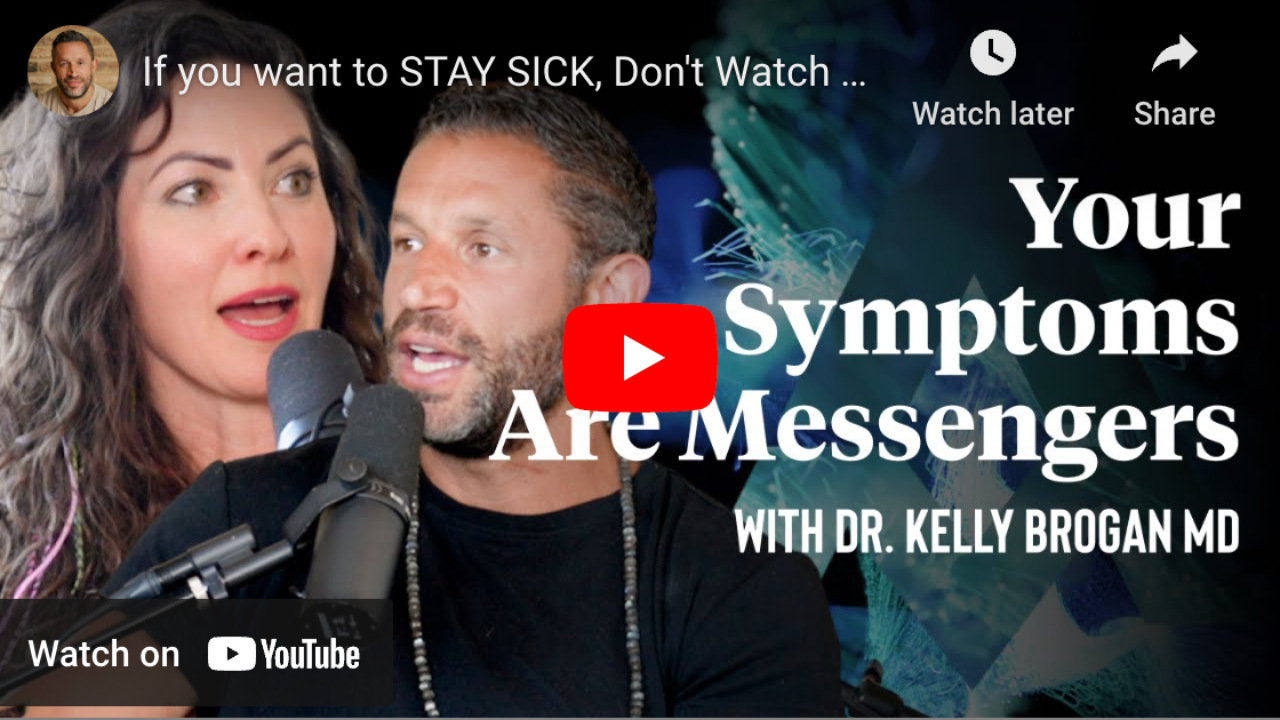Rising Rates of Suicide: Are Pills the Problem?

If you’ve read recent reports that state “US suicide rates surge to a 30 year high,” you might first justify the reality with the fact that things feel very wrong in our world today. On a personal, national, and planetary level, people are suffering to survive and the distress is coming from all sides – medical to economic to existential. But you probably also wonder why more people are choosing this permanent and self-destructive path, and feel compelled to submit to seemingly logical appeals to provide these individuals more help and greater access to treatment. Surprise: that may be the last thing our population of hopeless and helpless needs. Life’s inevitable challenges are not the problem. It’s the drugs we use that are fueling suicide.
While in college at MIT, I studied neuroscience, and I worked an overnight volunteer suicide hotline. Suicide and untimely deaths from substance abuse abound at MIT. I went to medical school at Cornell, and completed my residency and fellowship at Bellevue/NYU because I believed that psychiatrists had cracked the code of human suffering, and I wanted to do my part to alleviate pain.
I believed that people who were struggling had a chemical imbalance and that we needed to do our best to help them access the pharmaceutical support they would need for the rest of their lives.
Over the past decade, through my research into the literature I’ve learned that the data tells a very different story about the safety and efficacy of psychiatric medications. In general, there are two characteristically distinct groups of individuals who commit suicide – those who have never been in psychiatric treatment, and those who have.
Contrary to what you might think, compelling evidence {1} shows that those who have committed suicide outside of contact with psychiatric treatment, were not mentally ill and struggling in silence. In fact, they were likely influenced by significant social, cultural, and economic factors, that, compounded by a deep sense of disconnection from others and community, left self-harm as the only seemingly viable option.
With the ever-expanding diagnostic criteria that can be used to pathologize those wrestling with psychosocial stressors, many of these suicide victims are diagnosed as mentally ill by “psychological autopsy.” What if, as the literature {2} demonstrates, improvements in income could have alleviated their “illness” as effectively as a clinical intervention? Does that mean that they were never really mentally ill or clinically depressed, but just grappling with life circumstances? Should citizens in legitimate distress be treated with medication as if they had a brain chemical disorder?
According to available data – 3 large meta-analyses – more psychiatry means more suicide.{3} {4} {5} In multi-country, large-scale longitudinal studies, suicide rates have increased while at the same time we’ve increased psychiatric funding, treatment, and access. How could this be? As many prominent voices including Robert Whitaker, Dr. David Healy, Dr. Peter Gotzsche, Dr. Peter Breggin, Dr. Irving Kirsch, and Dr. Joanna Moncrieff have researched, the untold story of psychiatric medications includes their propensity to induce violence, in otherwise non-violent individuals, against self and others.
This is a shocking assertion: the medications we are offering to help those in distress may be leading patients to the very outcomes we are most hoping to avoid. In this way, prescribing an antidepressant to someone who is suffering may be like holding out a knife to someone who is falling off a cliff.
In fact, based on his research, Dr. Peter Gotzsche, founder of the Nordic Cochrane Collaboration, claims, “Our citizens would be far better off if we removed all the psychotropic drugs from the market, as doctors are unable to handle them. It is inescapable that their availability creates more harm than good.”
What is he basing that statement on?
One of the concerns relates to the propensity for psychotropic drugs to have unpredictable and poorly studied effects on behavior. In fact, evidence for increased violence and impulsivity on these drugs dates back to the 1950s. The driving force appears to be an experience of akathesia, or a combination of increased energy, restlessness, and discomfort in one’s own skin.
In 2010, Thomas Moore of the Institute for Safe Medication Practices and his colleagues {6} identified 1527 cases of violence, including homicides, disproportionally reported to the FDA for 31 drugs, including varenicline, eleven antidepressants, six sedative/hypnotics and three drugs for attention deficit hyperactivity disorder.
These medications are often prescribed for daily experiences of distress ranging from the loss of a pet to marital discord—not for clinical syndromes of what we are calling mental illness. Lucire and Crotty {7} reported in 10 cases of impulsive violence and homicide in patients who were prescribed outside of a formal psychiatric diagnosis, and who went on to commit these crimes in a state of medication-induced intoxication. Dr. David Healy has corroborated this risk through a publication on the treatment of 20 healthy volunteers with sertraline (Zoloft), finding that two of them became acutely suicidal – a veritable smoking gun.{8} As Healy testified in a 2001 civil trial, even several doses of Paxil can lead an otherwise stable individual to murder his wife, daughter, granddaughter, and then kill himself. In a case series, patients with no history of suicidality went on to develop intense, violent suicidal preoccupation within 2-7 weeks of treatment with Prozac.{9}
These cases appear to occur predominantly in people who have genetic variants that reduces their liver’s ability to metabolize drugs, compounded by the use of multiple medications. The most recent analysis published in the Journal of Forensic and Legal Medicine analyzed three cases of homicide and attempted suicide and determined that “[a]ll three cases exhibit genotype-based diminished metabolic capability that, in combination with their enzyme inhibiting/competing medications, decreased metabolism further and are the likely cause of these catastrophic events.” But with most doctors unaware of this phenomenon and no screening measures in place to identify these high-risk individuals, psychotropic prescriptions are a Russian Roulette.
The FDA has been dancing around the evidence since 1990 when the risk of antidepressants to cause suicide was explored in a hearing but deemed too preliminary. Subsequently, in 2004, the FDA issued a black-box warning about the risk of suicide in children and adolescents prescribed antidepressants, expanded to adults in 2005, and to all antidepressants in 2010. A reanalysis of study 329 {10} which initially served as a landmark study {11} in 2001 supporting the prescription of antidepressants to children, has now demonstrated that these medications are ineffective in this population and cause suicide. Concealing and manipulating data that shows this signal of harm, including a doubling of risk of suicide with antidepressant treatment,{12} {13} {14} has been an ongoing challenge to true informed consent. In fact, a reanalysis {15} of an influential US National Institute of Mental Health 2007 study, revealed a four-fold increase in suicide despite the fact that the initial publication {16} claimed no increased risk relative to placebo. As data is reanalyzed, a clearer picture of the adverse event profiles of antidepressants emerges.
From 1999-2013, psychiatric medication prescriptions have increased by a whopping 117% concurrent with a 240% increase in death rates from these medications.{17} No wonder Dr. Gotzsche counts psychiatric medications as the third leading cause of death, worldwide.{18}
With deteriorating outcomes in mental illness, increasing suicides, and violence, perhaps it is time to explore alternative perspectives on how to ease suffering with a focus on root cause resolution.
My patient, Lisa, reminds me of the importance of this. She attempted suicide after struggling with flat mood, fogginess, irritability, and insomnia postpartum, and being treated with Paxil. Within two weeks, she had written a suicide note and was planning to jump off of the top of her 16-story New York apartment building. She told me, it just made perfect sense. Since the discovery of her note, a hospitalization, and a switch to sertraline, she has come into my care, and we have weaned her off medication and diagnosed her with Hashimoto’s thyroiditis – an autoimmune condition that is common in the postpartum period. It often entails notable mood and cognitive symptoms that can be put into remission through lifestyle and dietary change. Antidepressants were never the appropriate treatment for her and could have cost her her life.
It is time for a new approach to the complexity of mental illness and its many reversible root causes from physiologic to psychosocial. Unfortunately, the available pharmaceutical treatment options, as a one-size-fits-all, may be responsible for driving the very problem they claim to treat and prevent.
References
{1} http://www.ncbi.nlm.nih.gov/pmc/articles/PMC3662079/pdf/udst36_605.pdf
{2} http://onlinelibrary.wiley.com/doi/10.1002/hec.3336/full
{3} http://www.ncbi.nlm.nih.gov/pubmed/15555028
{4} ttps://www.researchgate.net/publication/26713983_The_Relationship_Between_General_Population_Suicide_Rates_and_Mental_Health_Funding_Service_Provision_and_National_Policy_a_Cross-National_Study
{5} http://www.sciencedirect.com/science/article/pii/S0160252713000587
{6} http://www.ncbi.nlm.nih.gov/pmc/articles/PMC3002271/
{7} http://www.ncbi.nlm.nih.gov/pmc/articles/PMC3513220/
{8} http://davidhealy.org/articles/#Suicide_Articles
{9} http://www.ncbi.nlm.nih.gov/pubmed/2301661/
{10} http://www.bmj.com/content/351/bmj.h4320
{11} http://www.ncbi.nlm.nih.gov/pubmed/11437014
{12} http://www.bmj.com/content/330/7488/396
{13} http://www.bmj.com/content/352/bmj.i65?etoc=
{14} http://www.ncbi.nlm.nih.gov/pubmed/12601224
{15} http://content.iospress.com/articles/international-journal-of-risk-and-safety-in-medicine/jrs0645
{16} http://archpsyc.jamanetwork.com/article.aspx?articleid=210055
{17} http://meps.ahrq.gov/mepsweb/data_stats/download_data_files_results.jsp?cboDataYear=All&cboDataTypeY=2%2CHousehold+Event+File&buttonYearandDataType=Search&cboPufNumber=All&SearchTitle=Prescribed+Medicines
{18} http://www.ncbi.nlm.nih.gov/pubmed/25355584
Want to continue reading?
Enter your details below to read more and receive updates via email.









